10 Scotts
Just two weeks old, the old Scotts Lounge has been entirely revamped by Japanese design firm Super Potato to be 10 Scotts. Built on a home concept, you’ll find a collection of different rooms each with its own character including The Library, The Living Room and our fave, The Dining Room, overlooks a waterfall (what can we say, we’re suckers like that). If you fancy a nibble, pop by for a spot of afternoon tea (from $38, from $68 with free-flow Perrier-Jouët champers) of homemade scones with clotted cream and cucumber sandwiches with your tai tai friends. It’s also well-suited for a meet with business associates, as you chow down on items such as duck rillettes ($22) and, if you dare, fried Padrón peppers ($18).
The Dempsey Brasserie
Despite the fact that they’ve only been open for six weeks, this newcomer has quickly established a firm following (so much so that they boast a full house on the weekends). We like the raw concrete flooring, exposed brick finish and high ceiling, but mostly it’s the laidback vibe that make this a winner. The menu echoes that sentiment with eats like the sausage board ($17), as well as mussels and fries—get it done in the tomato-based rouge sauce, which is a real winner (from $20). Casual enough for a first date or just a catch-up session with friends, there’s also a good selection of booze to help ease any jitters (from $10); we suggest the Dempsey Pimms and blackberry Champagne mojito (don’t be fooled by its name, it’s one hell of a strong drink).
Group Therapy
You’ve got to love the assortment of eclectic offerings in Duxton, save those of a more seedy nature, and one of its newest babies is Group Therapy. Don’t let the name throw you off; just venture up the stairs of this non-descript two-storey shophouse and you’ll find yourself in a “collective lifestyle space” that has a lot going for it. Courtesy of owners Deborah Oh and Phyllis Yeo, aside from the aesthetic aspect of it, the venue also plays host to events such as TEDx’s The Stuff of Life. Plus, it’s home to a café with a trim food and drinks menu. Expect to find bites like homemade wholemeal bagel with cream cheese ($4.50) and turkey breast panini stuffed with spicy guacamole and red cabbage, accompanied by salad and crisps ($15), as well as beverages including macchiato ($4.50), and Trappistes Rochefort and Coedo beers (from $12).
jimmy monkey
Before you accuse us of subjecting you to our unhealthy obsession with cawfee, we feel inclined to state for the record that it really is because our local brew scene is enjoying an explosion of third wave coffee and we’re just doing our journalistic duty by telling you about it. The latest addition to an ever-growing stable of cafés about town, this month-old spot is the brainchild of Melburnian Michael Ryan. He’s kitted it out with the city’s first Slayer espresso machine (there are only 80 worldwide), feeds it with their house blend of Central American Rain Forest Alliance beans or single origin Guatemalan Antigua Finca Medina seeds (rotating weekly) for truly addictive cuppas (from $4). Step into this cool, chic venue and you’d be forgiven for thinking that you’ve been transported Down Under. Ryan’s stayed true to his roots with offerings like thick-cut French toast with golden syrup and berry compote ($12) and toast soldiers slathered with Vegemite and melted cheese, served with a poached egg ($8). Be warned, portions are generous.
Punjab Grill by Jiggs Kalra
This award-winning restaurant from India threw open its doors a month ago, and proudly presents Punjabi food in a sleek and modern setting. Ditch any preconceived notions of what to expect décor-wise; think muted grey-toned furnishings, and metal and glass finishes. While the interior is a departure from the usual, the menu is fairly extensive with items such as golgappa platter—whole wheat shells filled with a vegetable medley and served alongside coriander-infused water, and spicy tamarind water ($15), Norwegian salmon tikka ($35) and tandoori foie gras with mango chutney ($45). They also offer five-course degustation menus with both vegetarians ($75) and carnivores ($95) in mind.
Roadhouse
The latest offering from The Privé Group comes in the form of a modern American diner, which opened less than a month ago, right across from sister venue Café Hacienda in Demspey. If you’re in the mood for grub like burgers (from $24) and pizzas (from $16), this should do the trick. You manly folk might be tempted to take on the challenge of The Roadhouse Rager ($68). All you have to do is scarf down a monster truck-sized burger with three 200 grams Wagyu patties (that’s 600 grams of meat), streaky bacon, cheddar, jalepenos, caramelized onions and aioli to get your mug on their Wall of Fame. Oh wait, we forgot to mention there’s a six-minute time limit. Alternatively, you could excite your taste buds with their spicy “call 995” buffalo wings ($12).
Advertisement
















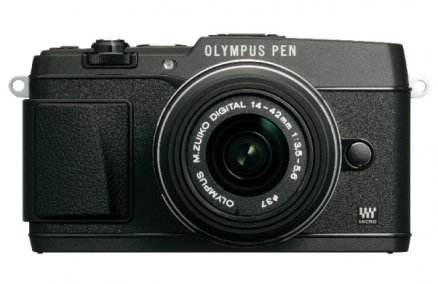
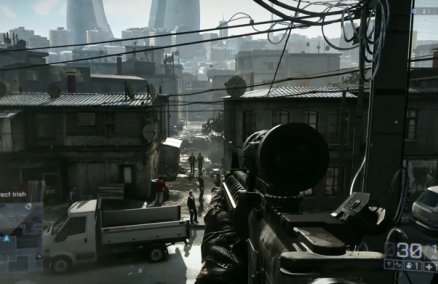
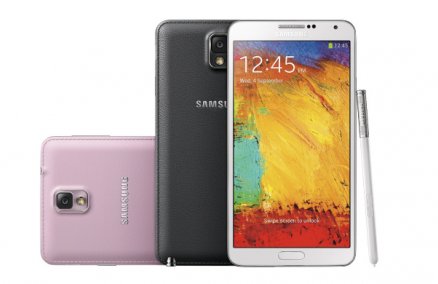
 Leme Cam
Leme Cam Instagram
Instagram Action Cam
Action Cam Adobe Photoshop Express
Adobe Photoshop Express Roidizer
Roidizer Pudding Camera
Pudding Camera PixTrix
PixTrix Why? Why? Must Try?
Why? Why? Must Try?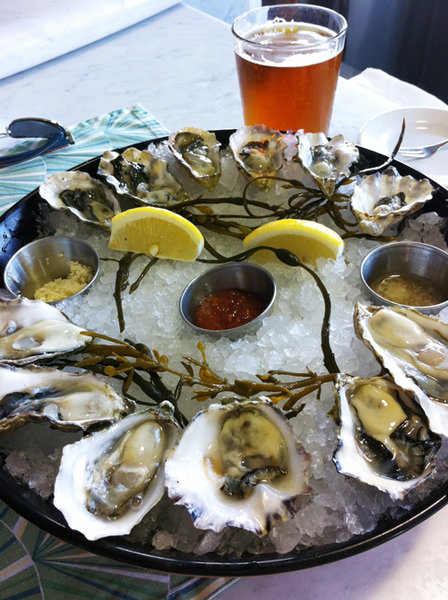 Blame Facebook
Blame Facebook
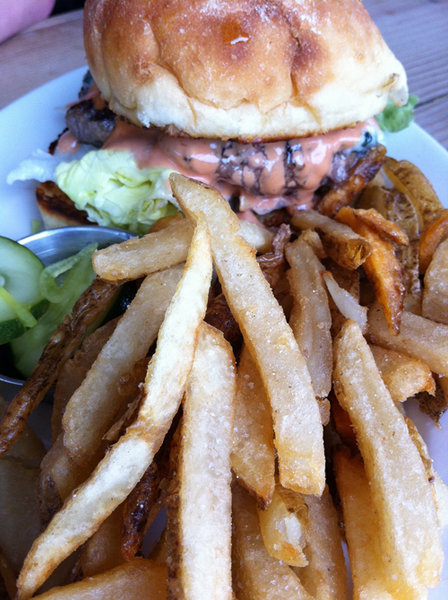 Diners’ Rights
Diners’ Rights